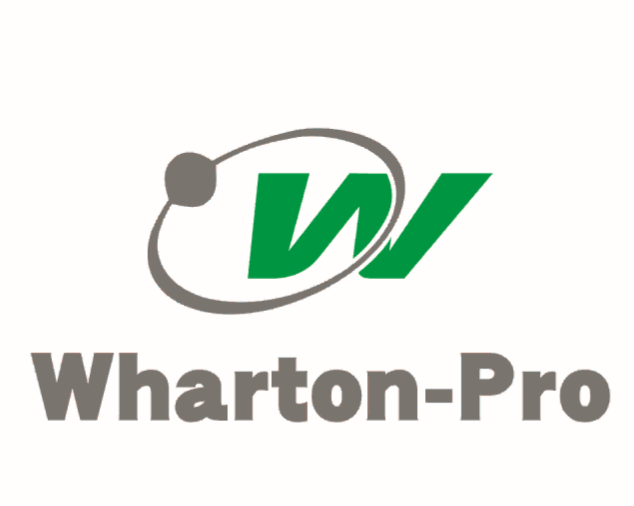
Modern electric toothbrushes run on low voltage, 12v or less. A few units use a step-down transformer to power the brush, but most use a battery, usually but not always rechargeable and non-replaceable, fitted inside the handle, which is hermetically sealed to prevent water damage. While early NiCd battery toothbrushes used metal tabs to connect with the charging base, modern toothbrushes use contactless inductive charging: the brush unit and charger stand each contain a coil of wire; when placed in proximity, the powered coil from the stand transfers power by induction to the handle, charging the battery.
According to Friends of the Earth, "Disposable electric toothbrushes are one example of a terrible product ... it's virtually impossible to separate out the tech from the batteries and plastic casing which means valuable and often toxic materials are dumped in landfill or burnt in incinerators."[15]
Many modern electric toothbrushes have a timer which buzzes, or briefly interrupts power, typically after two minutes, and sometimes every 30 seconds. This is associated with a customary recommendation to brush for two minutes, 30 seconds for each of the four quadrants of the mouth.
Some electric toothbrushes have LCD screens which show brushing time and sometimes smiley face icons or other images to encourage optimal brushing. These features could encourage people to brush more accurately.[16][12]
Brushing teeth too hard causes enamel and gum damage. Most modern top-end sonic toothbrushes come with a pressure sensor, which prevents users from brushing too aggressively. There are two types of pressure sensors. Some sensors produce a sound warning and some immediately stop movements of the sonic toothbrush when it is used too aggressively.
Because of the fact that ultrasonic frequencies are beyond the audible range and the amplitude of movement emitted by an ultrasonic toothbrush is typically too small to be perceived, the ultrasound is imperceptible to humans and it may not be apparent that a brush running in pure ultrasound is turned on. Ultrasonic toothbrushes may include an indicator to notify the patient that ultrasound is being emitted.
Most sonic toothbrushes come with different cleaning modes and intensity levels. Cleaning modes are designed for special types of cleaning efficiency. Some of the most well known are Sensitive, Daily care, Whitening and Tongue cleaning.
Certain toothbrushes that offer both ultrasonic and sonic motion allow for the intensity of the sonic motion to be reduced, or even for the sonic motion to be turned off entirely so that only ultrasound is emitted. Since ultrasound movements are very low in amplitude, this setting may be indicated for patients who may not be suitable candidates for typical sonic or power toothbrush vibration but need the additional cleaning power of an ultrasonic toothbrush, such as patients who have recently undergone periodontal surgery.